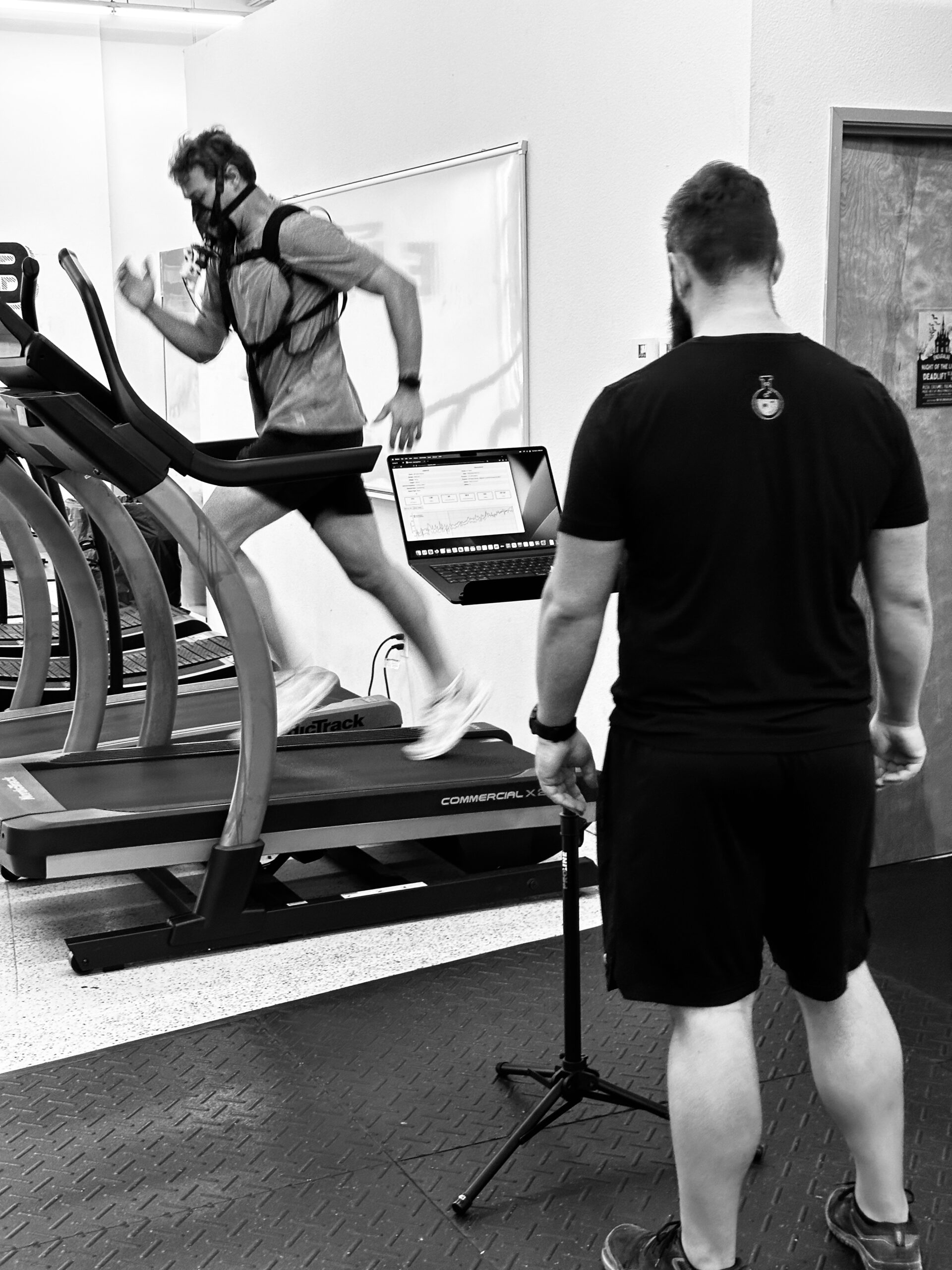Achieving optimal athletic performance is a multi-faceted journey that involves various factors, and one crucial element is your VO2 max. VO2 max, or maximal oxygen consumption, is a key indicator of your cardiovascular fitness and your body’s ability to efficiently utilize oxygen during intense exercise. In this blog post, we’ll explore effective strategies to increase your VO2 max, including training in zone 2, incorporating interval work, and engaging in high-intensity cardio. We’ll also delve into the importance of baseline VO2 testing, follow-up assessments, and the role of an individual’s training age and fitness level in determining the extent of improvement.
Understanding VO2 Max:
Before delving into the strategies for increasing your VO2 max, it’s essential to understand what this metric represents. VO2 max is the maximum amount of oxygen your body can use during intense exercise, measured in milliliters of oxygen per kilogram of body weight per minute (ml/kg/min). A higher VO2 max indicates better cardiovascular fitness and endurance, making it a critical measure for athletes aiming to enhance their performance.
Training in Zone 2:
One effective way to boost your VO2 max is by incorporating training in zone 2 into your workout routine. Zone 2 training involves working at an intensity where you can sustain longer durations of exercise without entering the anaerobic zone. This allows your body to efficiently utilize oxygen and build a strong aerobic base, ultimately contributing to an increase in VO2 max.
Interval Training:
Interval training is another powerful tool for elevating VO2 max. This involves alternating between periods of high-intensity effort and lower-intensity recovery. The intensity spikes during intervals push your cardiovascular system to work harder, leading to improved oxygen utilization. Structured interval workouts not only enhance VO2 max but also contribute to overall cardiovascular health.
High-Intensity Cardio:
Engaging in high-intensity cardio exercises, such as sprinting, cycling, or rowing, can significantly impact your VO2 max. These activities push your cardiovascular system to its limits, prompting adaptations that result in increased oxygen consumption efficiency. Including high-intensity sessions in your training regimen helps stimulate positive changes in your body’s ability to transport and utilize oxygen.
Baseline VO2 Testing and Follow-Up Assessments:
To tailor your training program effectively, it’s crucial to establish a baseline VO2 max through testing. This initial assessment provides valuable data about your current aerobic capacity. Regular follow-up tests allow you to track progress and adjust your training regimen accordingly. Keep in mind that individual responses to training can vary, and a personalized approach is key to maximizing improvements.
Considerations for Training Age and Fitness Level:
The degree to which your VO2 max can be increased depends on factors such as training age and baseline fitness level. Novice athletes or those starting a new training program may experience more significant gains compared to seasoned individuals. Consistency, dedication, and progressively challenging workouts are essential for continual improvement.
Elevating your VO2 max is a dynamic process that requires a thoughtful and strategic approach to training. By incorporating zone 2 training, interval work, and high-intensity cardio into your routine, and regularly assessing your VO2 max through baseline and follow-up testing, you can unlock your full athletic potential. Remember that the journey to increased VO2 max is unique for each individual, so stay committed, listen to your body, and enjoy the progress along the way.



